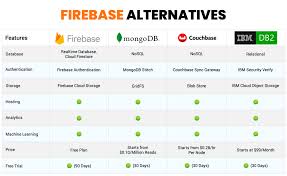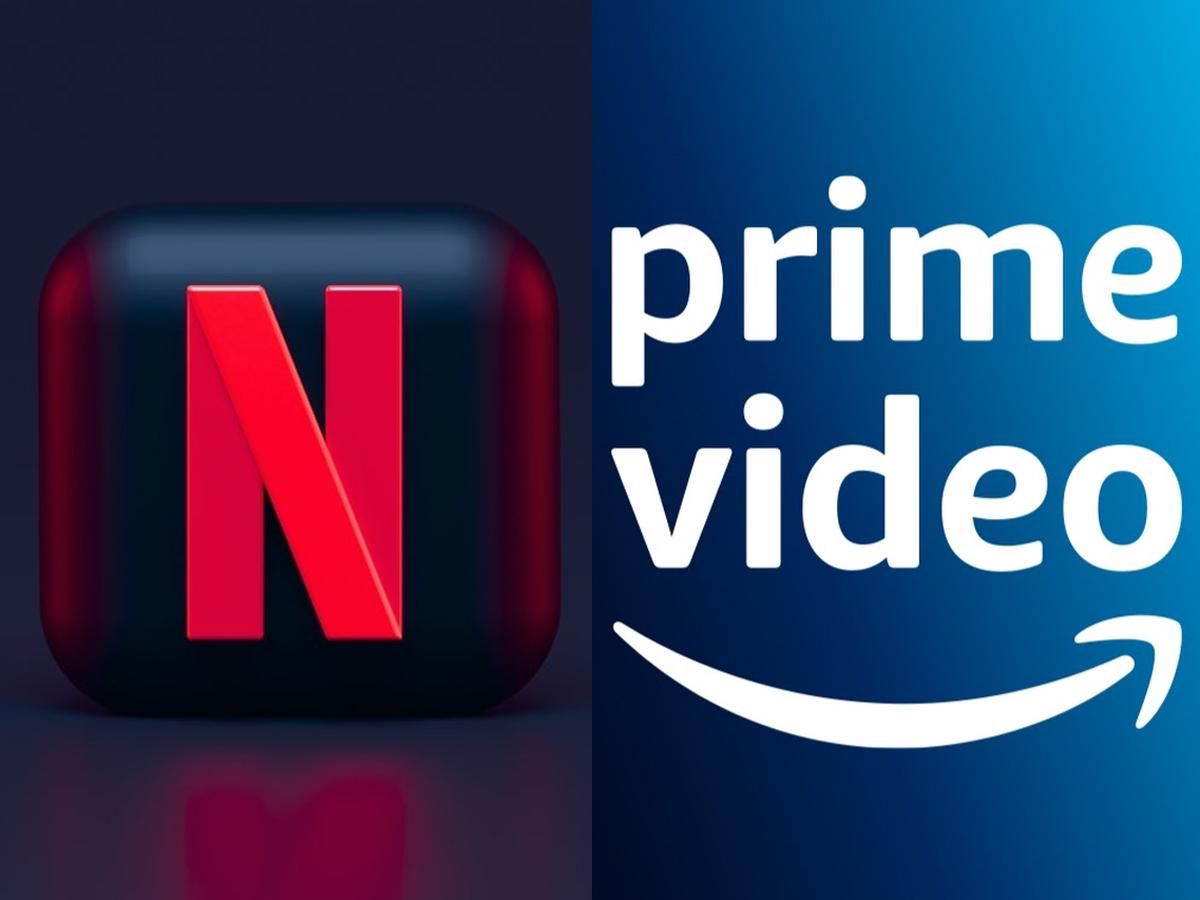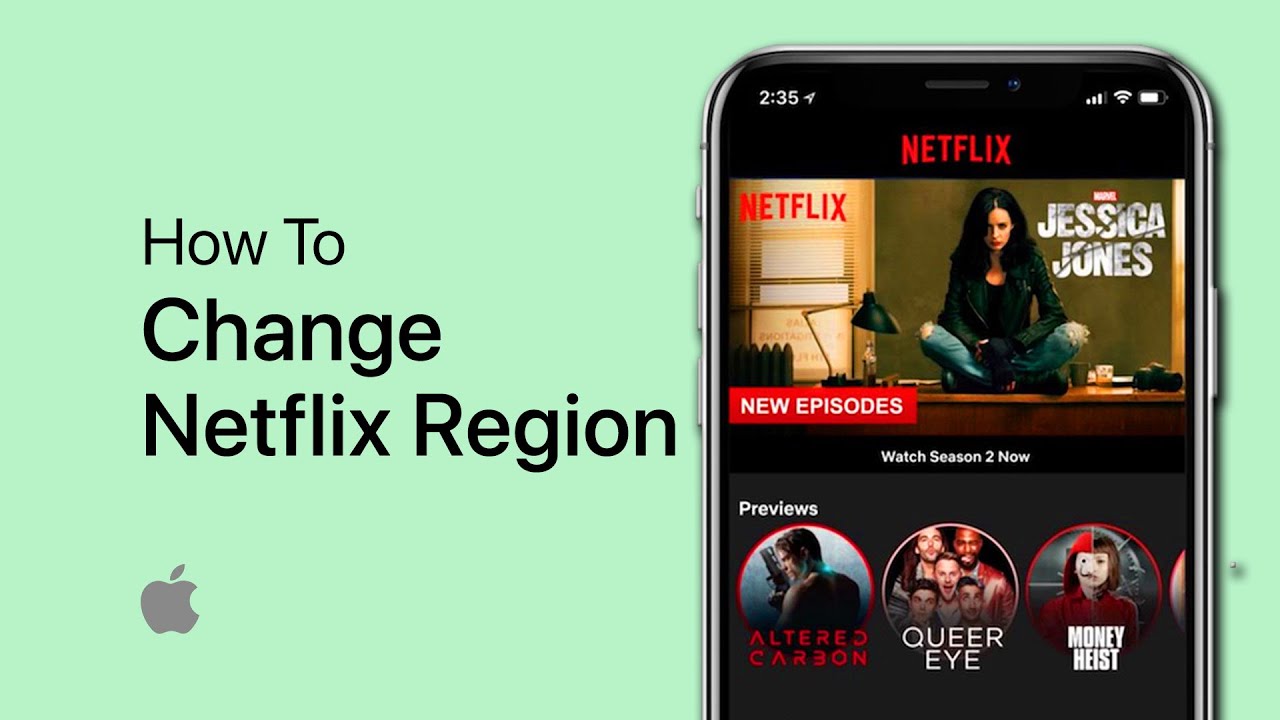Firebase is a platform created by Google to help people build and manage apps. It provides tools and services that make it easier to create apps for smartphones, tablets, and websites. Firebase helps developers by offering a set of features that can be used together or separately.
Imagine you want to create a game or a chat app. Firebase can help you with many tasks that you would otherwise need to do by yourself. For example, it can handle storing and managing user data, sending notifications, and analyzing app usage.
One of the most important things Firebase offers is a real-time database. This means that when someone makes a change in the app, like sending a message, everyone who uses the app can see the change right away. Firebase also offers authentication services, which help you sign in users safely. It also provides tools for hosting your app on the web, which makes it easy to share with others.
Firebase is also great because it integrates with other Google services. This means if you’re already using tools like Google Analytics or Google Ads, you can connect them easily with Firebase. All these features help developers save time and focus on creating the best app possible.
How to Use Firebase
Using Firebase is pretty simple, even if you’re just starting out. First, you need to create a Firebase account. You can sign up with your Google account, which makes it easy if you already have one.
Once you have your account, you’ll need to create a new project in the Firebase console. This is like creating a new workspace for your app. You give your project a name, and Firebase will set everything up for you. You can then add your app to this project. Firebase supports different types of apps, like iOS, Android, and web apps.
After setting up your project, you can start adding Firebase features to your app. For example, if you want to use the real-time database, you’ll need to add the Firebase SDK to your app. The SDK is a set of tools that allows your app to communicate with Firebase. You can download it from the Firebase website and follow the instructions to install it.
If you want to add authentication to your app, you can do that through the Firebase console as well. Firebase supports different authentication methods, like email and password, phone number, and even social media accounts like Google or Facebook. You can choose the methods that best fit your app’s needs.
Firebase also provides detailed documentation and tutorials that can help you learn how to use its features. You can find these resources on the Firebase website. They offer step-by-step guides and examples to help you get started.
Pros of Firebase
Firebase has many advantages that make it popular among developers. One of the biggest pros is its ease of use. Firebase provides an all-in-one solution for many app development needs, so you don’t have to use multiple services or tools. This can save a lot of time and effort.
Another pro is Firebase’s real-time capabilities. When you use Firebase’s real-time database, any changes made in the app are instantly updated for all users. This is perfect for apps that require live updates, like chat apps or collaborative tools.
Firebase also offers excellent scalability. This means that as your app grows and more people start using it, Firebase can handle the increased load without any issues. You don’t have to worry about the technical details of scaling your app because Firebase takes care of it for you.
Firebase also integrates well with other Google services, which can be very convenient if you use tools like Google Analytics or Google Ads. This integration allows you to get more insights into how your app is performing and helps you make better decisions.
Cons of Firebase
While Firebase has many advantages, there are also some drawbacks to consider. One of the main cons is that Firebase can be expensive. While it offers a free tier with limited features, larger apps with more users may need to pay for additional services. This can add up, especially if your app becomes very popular.
Another con is that Firebase is owned by Google. This means that if Google changes its policies or services, it could affect your app. Some developers prefer to use platforms that are not tied to a single company to avoid this risk.
Firebase’s real-time database is also not suitable for all types of apps. For example, if your app needs complex queries or transactions, Firebase’s database might not be the best choice. While it’s great for simple data storage and real-time updates, it may not meet the needs of every app.
Firebase Top 10 Alternatives

Firebase is a popular tool for building apps, but it’s not the only option out there. If you’re looking for other tools to help you with your app projects, here are the top 10 alternatives to Firebase. Each of these tools has its own unique features and can help you build great apps.
1. AWS Amplify
AWS Amplify is a tool made by Amazon that helps you build and manage your apps. It offers many features, like hosting, authentication, and storage. AWS Amplify is easy to use and works well with other Amazon Web Services. It’s a good choice if you want a powerful and flexible tool for your app.
2. Google Cloud Platform
Google Cloud Platform (GCP) is another tool from Google, but it’s different from Firebase. GCP provides a wide range of services, including databases, machine learning, and storage. It is a great choice if you need more advanced features or if you’re already using other Google services.
3. Backendless
Backendless is a platform that helps you create the backend for your apps. It offers features like user management, real-time databases, and push notifications. Backendless is known for its ease of use and flexibility. It’s a good choice if you want to build apps quickly without much coding.
4. Parse
Parse is a tool that helps you manage the backend of your app. It provides features like a database, user authentication, and cloud functions. Parse is open-source, which means you can customize it to fit your needs. It’s a great option if you want more control over your app’s backend.
5. Supabase
Supabase is a tool that offers a real-time database, authentication, and storage. It’s designed to be a straightforward alternative to Firebase. Supabase is easy to use and works well with other tools. If you want a simple solution for managing your app’s data, Supabase might be a good choice.
6. Appwrite
Appwrite is an open-source tool that provides a backend for your apps. It includes features like user authentication, databases, and file storage. Appwrite is known for being developer-friendly and easy to set up. It’s a great choice if you want an open-source option with lots of features.
7. Kinvey
Kinvey is a tool that helps you build and manage mobile apps. It offers features like data storage, user management, and analytics. Kinvey is known for its enterprise-level features and scalability. If you’re building a large app or need advanced features, Kinvey could be a good choice.
8. Hasura
Hasura is a tool that provides real-time GraphQL APIs for your app. It helps you manage your app’s data and offers features like subscriptions and queries. Hasura is known for its speed and ease of use. If you want to use GraphQL for your app’s backend, Hasura is a great option.
9. Sentry
Sentry is a tool for monitoring and debugging your app. It helps you track errors and performance issues in real-time. Sentry is useful if you want to keep your app running smoothly and fix issues quickly. It’s not a complete backend solution but is great for keeping an eye on your app’s performance.
10. Nhost
Nhost is a tool that provides a backend-as-a-service for your apps. It includes features like a real-time database, authentication, and file storage. Nhost is easy to set up and use, making it a good choice if you want a straightforward solution for managing your app’s backend.
Each of these tools offers something different, so you can choose the one that best fits your needs. Whether you’re looking for a simple solution or a more advanced platform, there’s an alternative to Firebase that can help you build great apps.
Finally, Firebase’s documentation and support can sometimes be overwhelming. While it provides a lot of resources, finding the right information can be challenging, especially for beginners. It may take some time to get used to the platform and learn how to use its features effectively.



